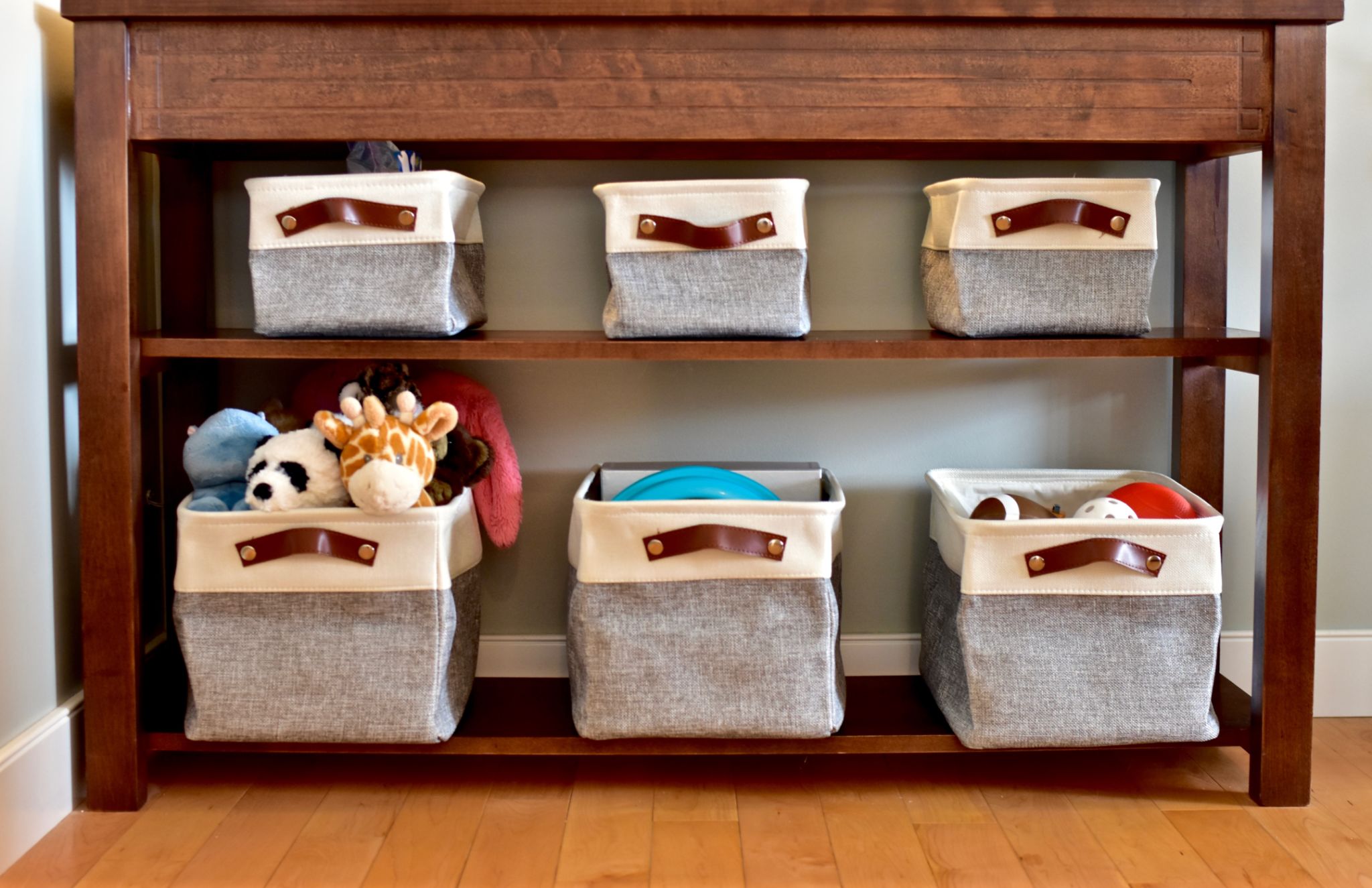How to Maintain Your Custom Tray: Tips for Longevity and Performance
Understanding Your Custom Tray
Custom trays are essential tools in various industries, from dental to manufacturing. They are designed to fit specific needs and provide optimal functionality. To ensure your custom tray remains in top condition, it's important to understand the materials and design features that contribute to its durability. Regular maintenance and proper usage are key to extending the life of your tray.

Daily Cleaning Routine
Keeping your custom tray clean is crucial for maintaining its performance. Establish a daily cleaning routine that involves washing the tray with warm water and a mild detergent. Avoid using abrasive cleaners or tools that could scratch or damage the surface. After cleaning, make sure to dry the tray thoroughly to prevent any moisture-related issues.
For trays used in environments where they're exposed to chemicals or other contaminants, it’s important to clean them immediately after use. This prevents any buildup that could compromise the tray's material over time. Implementing a consistent cleaning schedule will ensure your tray remains in pristine condition.
Proper Storage Techniques
How you store your custom tray can significantly affect its longevity. Store trays in a cool, dry place away from direct sunlight and extreme temperatures. Exposure to heat can warp or weaken the material, while moisture can lead to mold or mildew growth.

Consider using a dedicated storage container or space that protects the tray from physical damage. Stacking heavy items on top of the tray can cause warping or breakage, so ensure it is placed in a safe, secure location.
Regular Maintenance Checks
Routine maintenance checks are essential for identifying any signs of wear and tear early on. Examine your custom tray regularly for cracks, chips, or any other damage that might affect its performance. Addressing these issues promptly can prevent them from escalating into larger problems.
If you notice any significant damage, it may be time to contact the manufacturer for repair or replacement options. Keeping a log of maintenance checks can help you track the condition of your tray over time and anticipate any necessary repairs.

Optimizing Tray Performance
To ensure your custom tray performs optimally, use it according to its intended purpose and specifications. Overloading the tray or using it for tasks it wasn’t designed for can lead to premature wear and damage. Always refer to the manufacturer’s guidelines for best practices in using your custom tray.
Consider educating all users about proper handling methods to prevent accidental damage. Training sessions or instructional materials can be beneficial in ensuring everyone knows how to use and care for the tray correctly.
Investing in Quality
Choosing a high-quality custom tray from a reputable supplier is an investment in longevity and performance. While it might be tempting to opt for a less expensive option, a well-made tray will ultimately save you money by reducing the need for frequent replacements or repairs.
Look for trays made from durable materials and backed by positive reviews from other users. A quality tray will not only serve you longer but also perform better in demanding conditions.

By following these tips, you can ensure that your custom tray remains a reliable tool for years to come. Regular cleaning, proper storage, and routine maintenance are simple yet effective practices that will protect your investment and enhance the performance of your custom tray.
